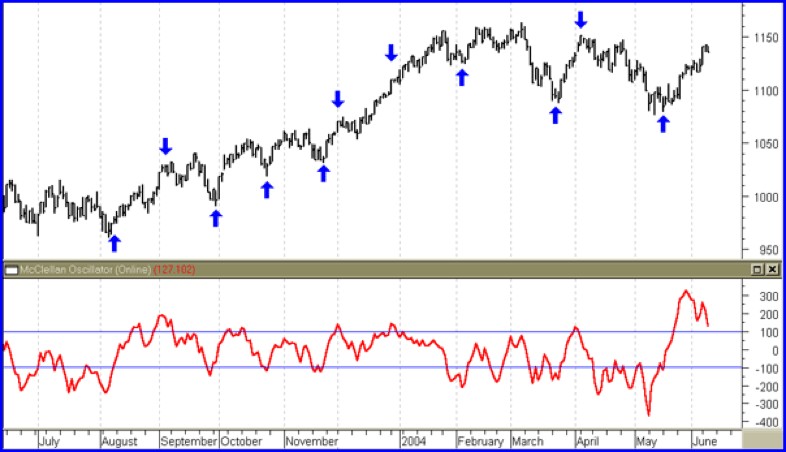Technical analysis is a powerful tool used to forecast the future price movements of assets like stocks and currency pairs. It relies on the idea that market data reflects all available information, offering valuable insights into potential trends. This guide provides a comprehensive a beginner’s guide to technical analysis, focusing on its principles, tools, and practical applications for novice traders.
Understanding Technical Analysis
At its core, technical analysis believes that past price movements can predict future ones. Technical analysts, unlike fundamental analysts who examine a company’s financials, primarily study price charts and various technical indicators to identify patterns and trends. Many fundamental analysts also use a beginner’s guide to technical analysis to refine their entry and exit points.
Time Frames in Charting
Technical analysts use various time frames to analyze price charts, ranging from one-minute to monthly or even yearly intervals. Common time frames include:
- 5-minute chart
- 15-minute chart
- Hourly chart
- 4-hour chart
- Daily chart
The selected time frame depends on the trader’s style. Day traders typically focus on shorter time frames, while long-term investors use longer ones. The significance of a price movement depends on the chosen time frame.
For instance, consider silver trading within the $16 to $18.50 range over several months on a daily chart. A long-term investor might see this as a buying opportunity.
However, examining the same period on an hourly chart reveals a recent downtrend. A day trader would likely avoid buying silver based on this information.
Decoding Candlestick Patterns
Candlestick charts are a prevalent method for visualizing price movements. Each candlestick represents the price action within a specific time frame. The candlestick’s body shows the opening and closing prices, while the “wicks” or “shadows” indicate the highest and lowest prices. A blue or green body signifies a higher closing price than the opening price, while a red or black body indicates the opposite.
Candlestick patterns, formed by single or multiple candlesticks, are crucial for identifying potential market reversals or trend changes.
Doji Candlesticks Explained
Doji candlesticks, for instance, suggest indecision in the market, potentially signaling a trend change. The hallmark of a doji is that the opening and closing prices are identical, resulting in a flat body. Longer shadows emphasize market uncertainty and the potential for reversal. Several types of doji candlesticks exist, each with a specific meaning.
A long-legged doji, with price fluctuations in both directions but closing near the middle, clearly demonstrates market indecision. If it appears after a prolonged uptrend or downtrend, it is often interpreted as a possible market reversal.
The dragonfly doji, appearing after a downtrend, hints at a potential bullish reversal. It shows sellers pushing the price lower, but buyers ultimately drive it back up to close near the high, indicating a rejection of the downward movement.
Conversely, the gravestone doji suggests a possible downside reversal. It signifies a strong rejection of attempts to push prices higher.
The four-price doji, a rare occurrence where the opening, closing, high, and low prices are all the same, represents complete market indecision.
Resources like Thomas Bulkowski’s pattern site offer extensive information on candlestick patterns, including their historical accuracy as trading signals.
Essential Technical Indicators
Technical traders also use various indicators to aid their analysis.
Moving Averages: Smoothing Price Data
Moving averages are among the most popular technical indicators. They smooth out price data to identify trends. A simple strategy might involve buying when the price is above a 50-period exponential moving average (EMA) and selling when it’s below.
Moving average crossovers, such as buying when the 10-period moving average crosses above the 50-period moving average, are another common technique.
Higher-period moving averages, like 100- or 200-period, are considered more significant than shorter-period ones.
Pivot Points and Fibonacci Numbers
Daily pivot points, with associated support and resistance levels, help traders identify potential entry and exit points. A breakout through these levels can signal a substantial price move.
Fibonacci levels, derived from a series of ratios developed by the 12th-century mathematician Fibonacci, are used to identify trading opportunities and profit targets during trends. Key Fibonacci ratios include 0.24, 0.38, 0.62, and 0.76 (often expressed as percentages).
Fibonacci retracements are used to find low-risk entry points during corrective retracements after a sustained trend. Fibonacci extensions help determine profit targets by indicating how high the price may extend when the uptrend resumes.
Even if you don’t use pivot and Fibonacci levels directly, tracking them is valuable because many traders base their decisions on these levels, influencing market activity.
Momentum Indicators: Gauging Trend Strength
Momentum indicators, like the Stochastic Oscillator, Relative Strength Index (RSI), Moving Average Convergence-Divergence (MACD), and Average Directional Movement Index (ADX), measure the strength of price movements rather than the direction. They can provide early warnings of trend exhaustion.
For example, a consistently weakening momentum indicator during an uptrend might signal an impending reversal.
Momentum indicators are often combined with other technical analysis tools to create a comprehensive trading strategy.
Conclusion: A Balanced Approach to Technical Analysis
No technical indicator is foolproof. Successful traders understand the limitations of these tools and remain vigilant for signs that signals may be misleading. When applied carefully, a beginner’s guide to technical analysis can enhance trading profitability. Focus on risk management and preparing for potential market downturns.


